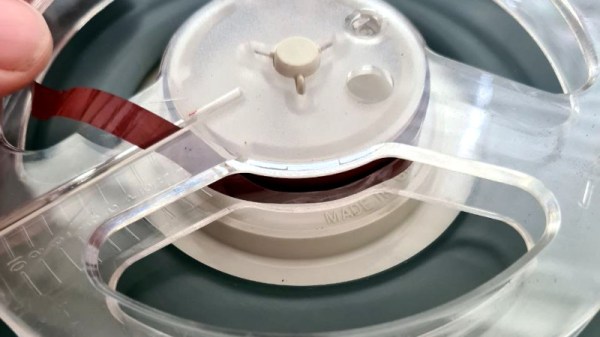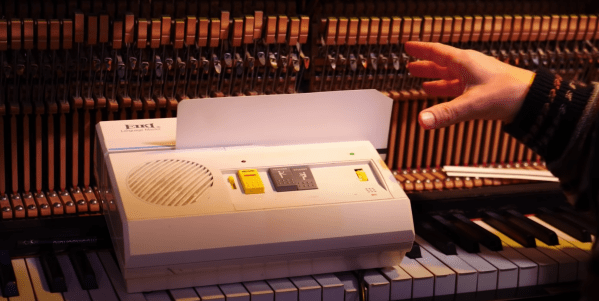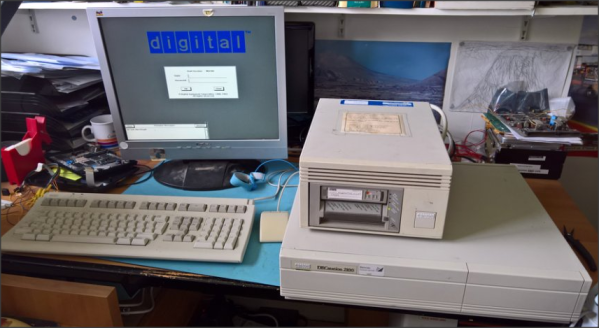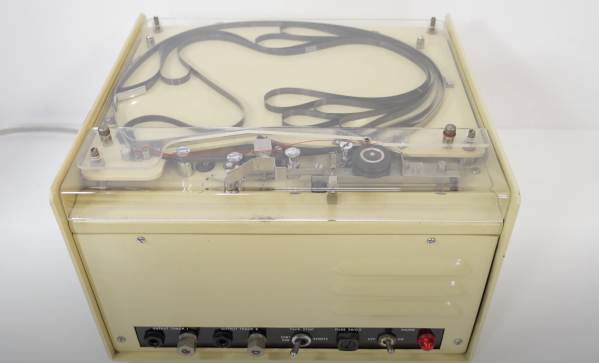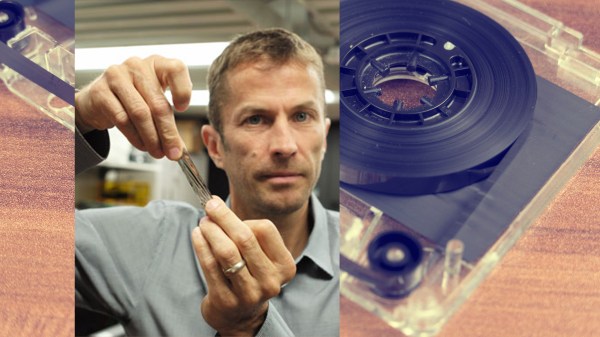The use of magnetic tape and other removable magnetic media is now on the wane, leading to scarcity in some cases where manufacture has ceased. Is it possible to produce new magnetic tape if you don’t happen to own a tape factory? [Nina Kallnina] took the effort to find out.
It’s probably one of those pieces of common knowledge, that magnetic media use iron oxides on their surface, which is the same as rust. But the reality is somewhat more complex, as there is more than one iron oxide. We follow [Nina] through this voyage of discovery in a Mastodon thread, as she tries first iron filings, the rust, and finally pure samples of the two iron oxides Fe3O4 and Fe2O3. She eventually achieves a working tape with a mixture of Fe2O3 and iron powder, though its performance doesn’t match manufactured tape. It turns out that there are two allotropes of Fe2O3, and she leaves us as she’s trying to make the one with better magnetic properties.
These results look promising, and while there is evidently a very long way to go before a home-made magnetic coating could replicate the exacting demands of for example a hard drive platter it’s evident that there is something in pursuing this path.
This may be the first time we’ve seen tape manufacture, but we’ve certainly seen extreme measures taken to rejuvenate old tapes.

